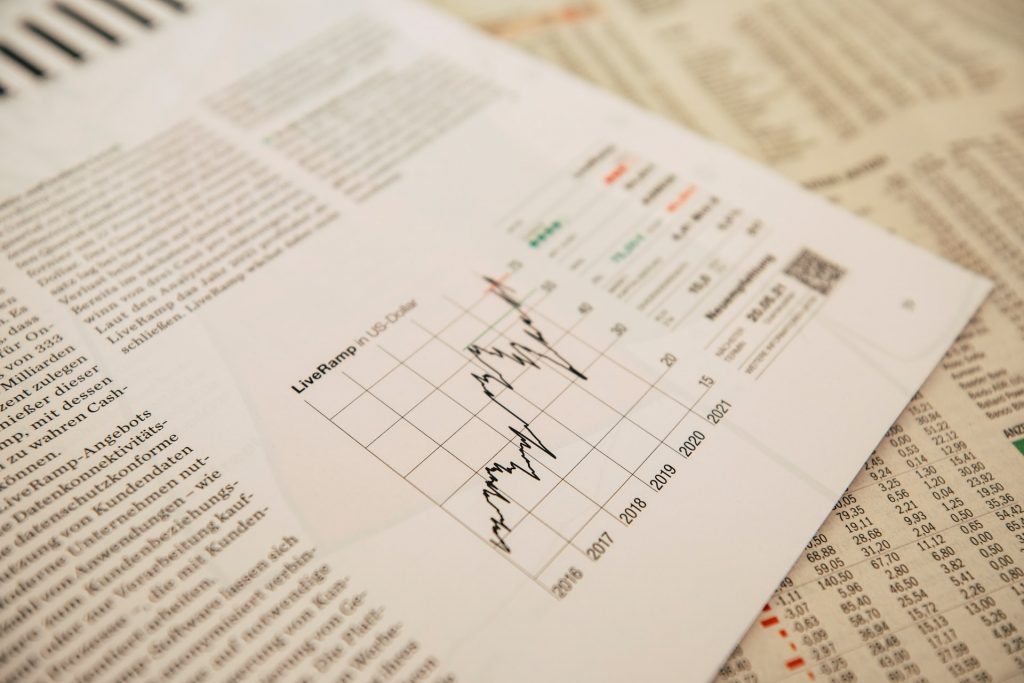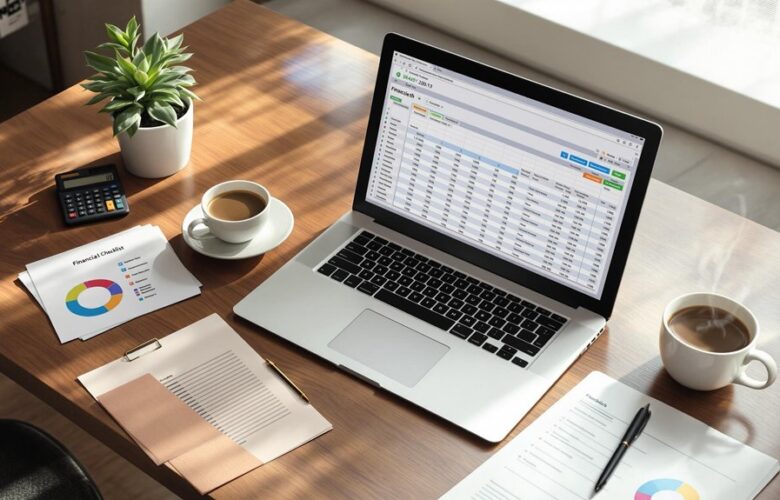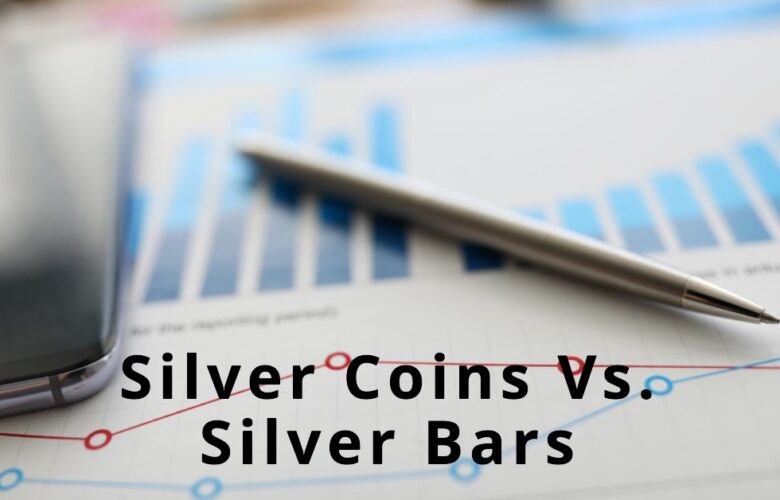Cash Flow Basics
Cash flow is an important concept in business finance. It allows companies to manage their finances efficiently and measure the performance of a business over time. Understanding the basics of cash flow can help entrepreneurs maximize their profits and minimize losses.
Cash flow is simply the money that enters and leaves a company each month. This includes income from sales, investments, loans, or any other sources minus expenses like employee salaries, rent payments, taxes, etc. Companies use cash flow analysis to keep track of revenue sources and ensure that there are enough funds available for day-to-day operations. Cash flow statements provide a detailed overview of all monetary transactions within the organization including both incoming and outgoing funds over a certain period of time. Cash flow forecasts also allow businesses to anticipate upcoming financial needs so they can make informed decisions about how to allocate resources in order to maximize returns on investment.
Calculating Cash Flow
Cash flow is a key indicator of the financial health of any business. It is an essential element to monitor and understand, allowing businesses to make informed decisions about their operations and future investments. Knowing how to accurately calculate cash flow can be a great asset when it comes to assessing the current state of the finances in your business.
The basics of calculating cash flow involve subtracting all outgoings such as expenses and payments from total income or revenue. This figure gives you a snapshot of your total available cash at any given time, allowing you to make adjustments accordingly. When calculating cash flows more specifically, it’s important to look at incoming money from operating activities such as debtors, sales, or services provided; as well as outgoing money from capital expenditures such as monthly payments on business loans, plant depreciation, or restructuring costs.
Understanding Depreciation
Depreciation is an accounting method used to allocate the cost of a tangible asset over its useful life. It is a way of spreading out the expense associated with an asset, meaning that the cost is spread across multiple years instead of being taken as a single lump sum. Understanding depreciation and how it works can be beneficial for businesses and individuals alike.
Depreciation will reduce your taxable income, which could potentially result in lower taxes owed. This reduces your tax bill each year and allows you to keep more money in your pocket. Additionally, depreciation may help to increase cash flow because you are only paying for part of the asset upfront, rather than all at once. This means that you can use funds from other areas of your business or budget while still benefiting from having access to that asset over time.
Factors Affecting Depreciation

Depreciation is an accounting term that describes the decrease in the value of an asset over time. It’s a necessary part of accounting for many businesses, as it helps to accurately capture the cost of assets used by the business. It’s important to understand the factors that can affect depreciation, such as expected wear and tear on the asset, how long it will be used and its value at the end of its useful life.
The first factor affecting depreciation is the type of asset being depreciated. Generally, tangible assets such as property, vehicles, and equipment are eligible for depreciation while intangible assets like trademarks, copyrights, and patents cannot be depreciated. Additionally, different types of assets may have their own unique methodologies for calculating depreciation such as straight-line or double declining balance in order to determine the annual rate at which the asset should be written off over its useful life.
One other factor affecting depreciation is expected wear and tear on an asset. This refers to how much use or damage an item may experience during its lifetime. For example, a car may experience more wear and tear than a desk due to normal usage or extreme conditions like weather or road conditions. Therefore, depreciation will be higher for a car than for a desk if they are both expected to have similar lifespans.
How to Maximize Cash Flow & Minimize Depreciation
Effective cash flow management is an essential skill for small business owners. Without it, businesses can face liquidity problems and other financial struggles. To maximize cash flow while minimizing depreciation, there are several steps that business owners should take.
First, make sure you have good control over your accounts receivable – that is, the money owed to you from customers. Keep track of what’s due when and be proactive about collecting payments on time. This means invoices should be sent out promptly and payment terms should be clearly communicated to customers so that payments arrive on time and in the correct amount.
Second, businesses should review their inventory often to ensure they are not carrying too much stock at any given time. Inventory can become costly as it depreciates over time and therefore requires regular attention from the business owner or designated staff members to manage effectively.
Depreciation is a common expense for companies that invest in machinery, equipment, or property. It can be expensive to maintain these assets over time and minimize the impact of depreciation on your bottom line. Fortunately, there are other ways to reduce this cost. One way is by taking advantage of tax deductions available for investments in such assets.
Tax deductions can effectively lower the cost associated with investing in assets like machinery, equipment, and property by reducing the amount you owe in taxes on those investments. This allows you to make more efficient use of your capital and increase profits. Furthermore, tax deductions may be available for improvements made to existing structures or expansions made to current production facilities as well as new construction projects. In addition, businesses may be able to take advantage of depreciation recapture rules when selling an asset at a gain after it has been depreciated over time.
Conclusion
In conclusion, understanding cash flow and depreciation is essential to a successful business. Cash flow reports show how much cash is coming in and going out of the company and inform strategies for future growth. Furthermore, depreciation helps companies spread out costs over time, reducing the impact of large investments on the bottom line. Without these tools, businesses cannot accurately assess their financial situation or plan for their future. With this knowledge in hand, businesses can use cash flow and depreciation to make sound financial decisions that move them toward success.




